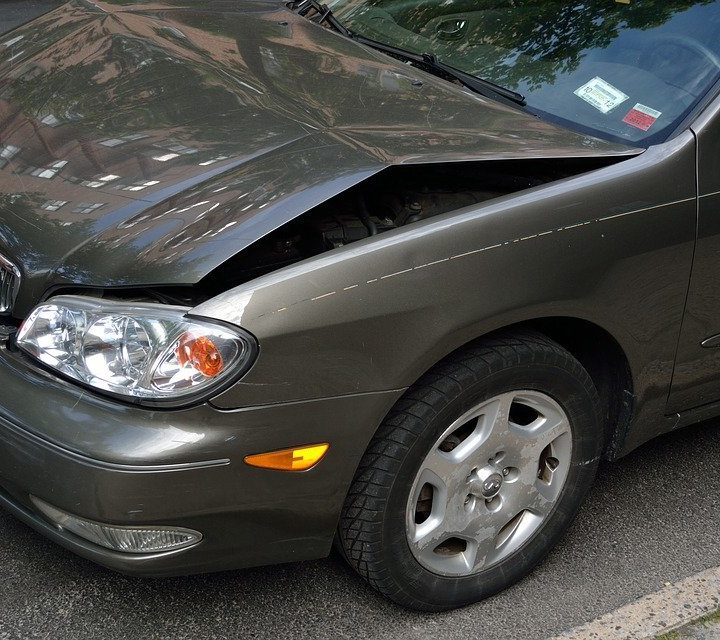Commercial Truck accidents are unfortunately the most common types of vehicle accidents noted around the world. While various types of vehicles and drivers contribute to the overall accident statistics, commercial trucks stand out due to their potential for severe consequences in a collision. There are many reasons behind commercial truck accidents, some due to human errors and some caused by natural circumstances.
One prominent human error contributing to commercial truck accidents is distracted driving. A study from the Federal Motor Carrier Safety Administration (FMCSA) reports that three years of data estimated 11,000 truck crashes nationwide involved distractions external to the truck cab. Let’s explore more about the most obvious causes of these truck incidents.
Most Common Commercial Truck Driving Distractions
Commercial truck drivers have a greater risk of being distracted as they travel a very long distance from city to city or even across borders. Given the nature of their job, which involves delivering cargo over long journeys, drivers may find themselves susceptible to distractions due to fatigue, drowsiness, or even boredom.
Here are some common types of distractions for commercial truck drivers:
Distraction by a phone:
Our mobile phones have become a very necessary part of our lives. Unfortunately, these devices are also some of the most common types of distractions for anyone in any vehicle, including commercial truck drivers. This is a very common leading cause of commercial truck accidents. According to the Seattle truck accident attorneys at Elk & Elk Co., Ltd. It can be due to the following reasons:
Texting: Texting remains one of the primary and most perilous distractions. When a driver engages in texting, their vision is diverted from the road as their eyes focus on the message or text being typed. This visual distraction can have severe consequences.
Calling: Calling is the second most common distraction reason for using a phone. Engaging in a phone conversation, whether hands-free or not, can divert the commercial truck driver’s mental focus, splitting his focus between the road and the conversation.
Notification alerts: The sound of incoming messages or notifications can cause the driver to check a phone immediately, leading to his hand and vision being distracted within seconds.
Use of mobile apps: The use of mobile applications, such as navigation or multimedia apps, introduces additional risks. Navigating a map or changing a song can distract a driver’s eyes, taking their focus away from the road and increasing the likelihood of accidents.
In-cab-technology:
In recent years, truck drivers have been faced with a new potential distraction: In-cab technology. From onboard computers to entertainment systems, there are plenty of features that can take the commercial truck driver’s focus away from the road. Although these technological advancements offer convenience and aid, they can also lead to accidents if not utilized responsibly.
Eating and Drinking:
When a driver eats or drinks while driving, it can cause them to become distracted from the road, which can be a potential danger. Furthermore, spills or difficulty handling food can escalate the risk of accidents. Juggling between eating, drinking, and driving can impair a driver’s reaction time. In the event of an unexpected hazard or sudden change in traffic conditions, the delayed response could potentially lead to an accident.
Fatigue:
Fatigue is one of the most significant factors in commercial truck accidents. As we stated above commercial truck drivers often have long driving hours and demanding schedules, which can cause sleep deprivation and exhaustion. Fatigue impairs a driver’s judgment, slows their reaction times, and decreases alertness, all of which can prove to be deadly on the open road.
Preventing Distracted Commercial Truck Drivers:
For commercial truck drivers, staying focused on the road is crucial for everyone’s safety. Avoid texting while driving – if you get an important message, find a safe spot to park and respond.
Phones that do not require you to hold them while dialing a number or talking can help keep your eyes on the road and your hands on the wheel. Most smartphones either have this hands-free ability or have apps available to provide it.
When handling printed directions or maps, it’s safer to pull over if you need to read or write something. Planning stops for non-essential tasks and using technology responsibly, like GPS systems, can help minimize distractions. Remember, a well-rested and alert driver is a safer driver, so prioritize breaks to ensure everyone’s safety on the road.























































